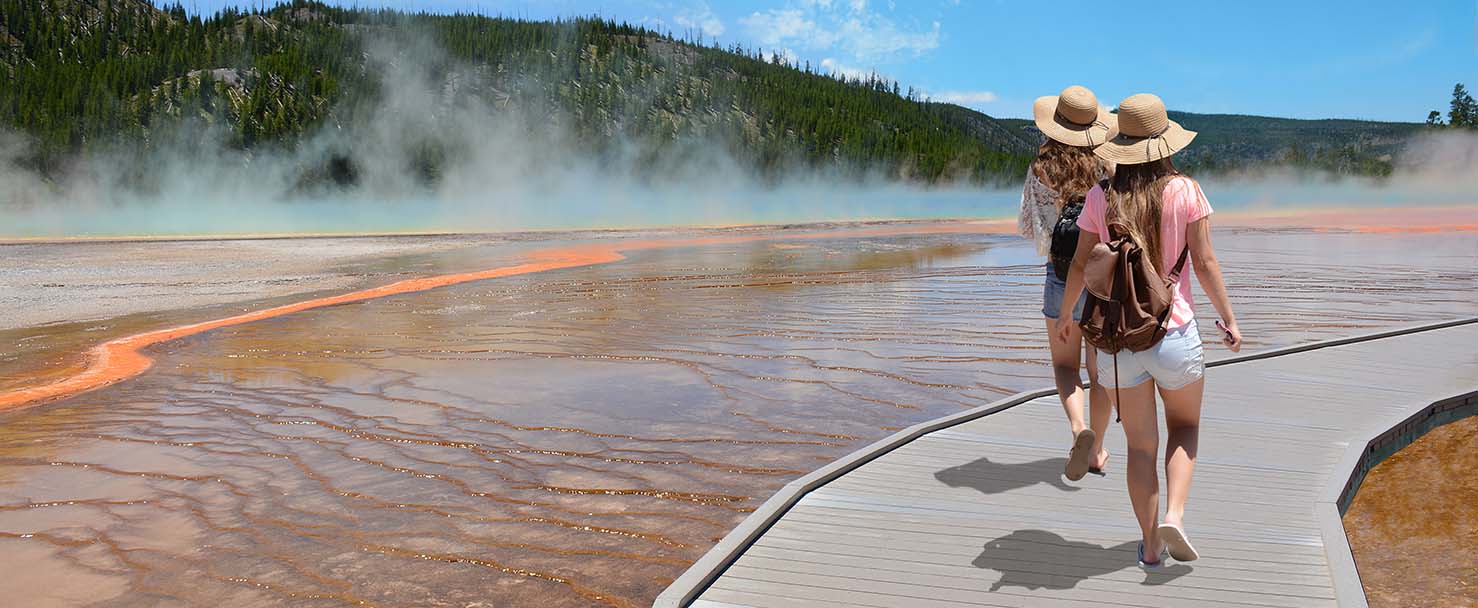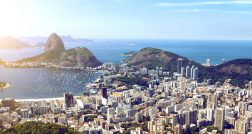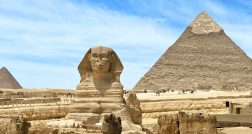Air Pollution Impacts Visitation to National Parks
Some U.S. parks have as much ozone in the air as major cities.
California’s beloved Joshua Tree National Park may be facing hazy days, whether from wildfires or other forms of air pollution. And when U.S. National Parks are impacted by air pollution, visits drop, according to a July 2018 study, Air Pollution and Visitation at U.S. National Parks, published by research journal Science Advances.
According to the study findings, over the course of a month, the impact of pollution on visitation varies by the number of days the air pollution lingers—with a one percent drop in visitation. When the ozone concentration remained poor for at least three days, a decrease in visitors of up to 27 percent was reported. Many national parks issue air quality index warnings when ozone exceeds certain levels.
The research shows that ozone concentration in 33 of the largest U.S. national parks was indistinguishable from that of the largest 20 U.S. cities. For instance, Sequoia National Park, in California, had the same level of ozone in the air as Los Angeles.
Image credit: iStockphoto




